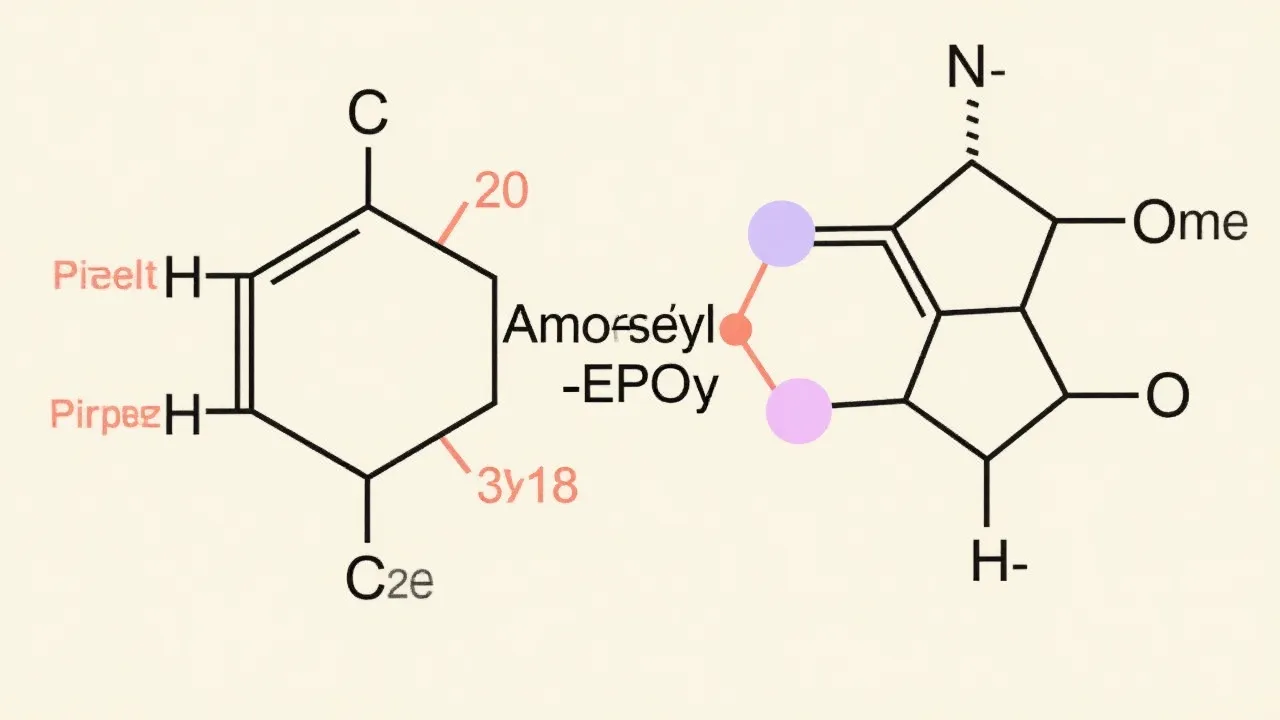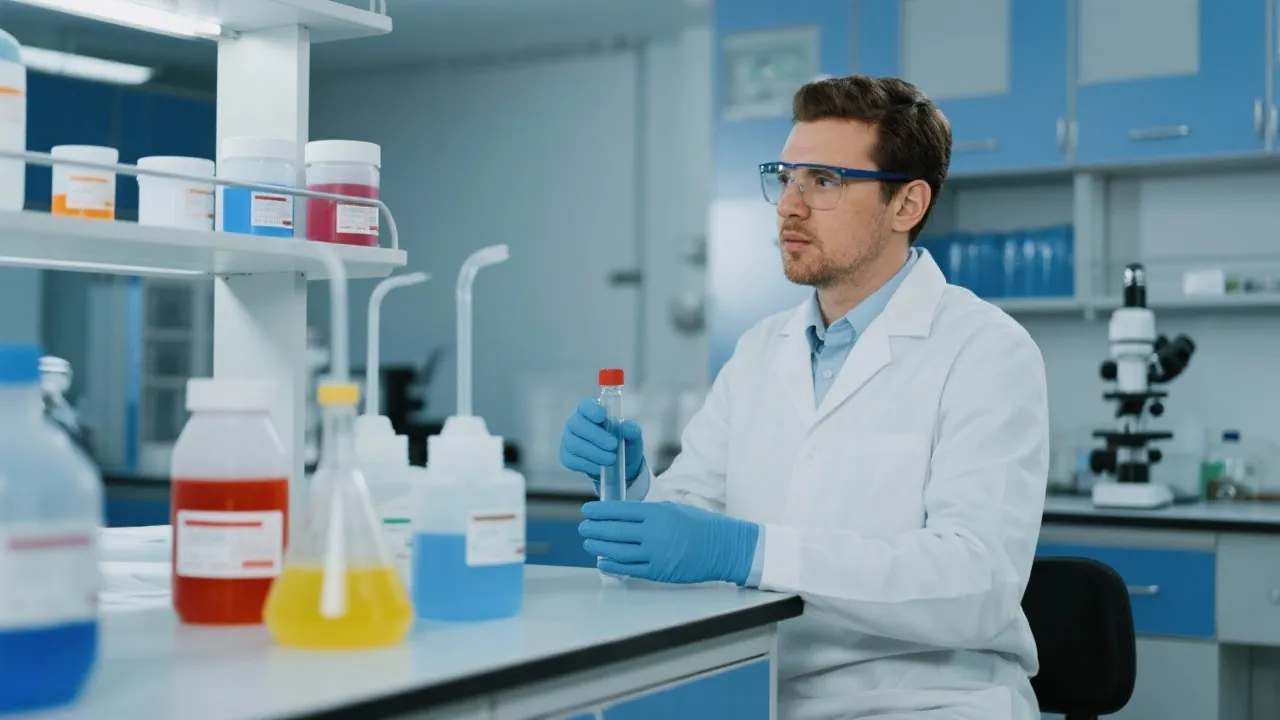Understanding Aminoethylpiperazine Epoxy Applications
This article delves into the intricacies of Aminoethylpiperazine Epoxy, examining its role in modern industry. Aminoethylpiperazine is a crucial component in epoxy formulations, enhancing their properties and expanding their application fields. As industries continue to innovate, understanding such chemical compounds becomes vital for manufacturers and engineers looking to optimize product performance.

Introduction to Aminoethylpiperazine Epoxy
Aminoethylpiperazine Epoxy stands as a vital compound in material science, notably in the enhancement of epoxy resin systems. These systems find applications across various industries, including automotive, aerospace, and construction. By introducing Aminoethylpiperazine into epoxy formulations, manufacturers can significantly boost properties like adhesive strength, elasticity, and durability, making it a chemical of choice for high-performance applications. Understanding the chemistry behind AEP and its transformative effects on resins not only enriches the body of knowledge but also paves the way for innovative engineering solutions.
The Role and Chemical Nature of Aminoethylpiperazine
Aminoethylpiperazine (AEP) is a versatile amine with a unique configuration that contributes significantly to chemical reactivity within epoxy systems. Its molecular structure features a piperazine ring with amino and ethylene groups that provide increased nucleophilicity, thus enhancing its ability to react with epoxides. Due to its structure, AEP acts efficiently as a curing agent, promoting cross-linking in epoxy resins. This cross-linking is crucial as it transitions the epoxy from a liquid to a solid state, forming a robust matrix ideal for various industrial uses.
The reaction process for curing epoxy with AEP can be understood in a stepwise manner. Initially, the amino group of AEP attacks the electrophilic carbon atom in the epoxide ring, leading to ring-opening and generating a hydroxyl group. This reaction activates the epoxy molecule and allows for further cross-linking with additional AEP molecules or other resin components. The presence of multiple amine functional groups allows for an intricate network of bonds to form, which enhances the overall mechanical properties of the cured epoxy.
Additionally, AEP can serve dual roles as both a curing agent and a modifier for epoxy resins, enabling manufacturers to tailor properties such as viscosity, pot life, and thermal stability to meet specific applications. This adaptability is what makes Aminoethylpiperazine an invaluable component in advanced material formulations.
Applications in the Industry
The integration of Aminoethylpiperazine in epoxy formulations is particularly valuable in numerous sectors. One of the most significant sectors is the **coatings industry**. When used in coatings, it enhances not just the adhesion to substrates but also improves chemical and mechanical properties, essential for protective applications. For instance, AEP-modified epoxy coatings can withstand harsh environmental conditions, including exposure to solvents, chemicals, and extreme temperatures, providing a robust shield for underlying materials.
In **composite materials**, Aminoethylpiperazine-epoxy systems are prized for their high strength-to-weight ratios. This is critical for components that demand both rigidity and lightweight features, such as aerospace parts. In aerospace applications, where performance is paramount, the lightweight yet durable characteristics of AEP epoxy composites contribute to fuel efficiency and overall performance of aircraft.
The **construction industry** also benefits greatly from AEP. In construction, these epoxy formulations can bond various substrates, including concrete and metal, providing long-lasting joints and coatings that endure mechanical stress and environmental challenges. Additionally, in **electrical applications**, AEP-based epoxy resins are used for encapsulating electronics and components, ensuring reliability in product performance while protecting devices from moisture, dust, and other contaminants.
In recent years, there has been growing interest in developing eco-friendly coatings. Manufacturers are exploring bio-based or recycled materials to replace conventional solvents and substrates, and AEP can be a key ingredient in sustainable formulations. Its effectiveness at room temperature and reduced toxicity compared to some traditional curing agents makes it an optimal candidate for these innovations.
Benefits of Aminoethylpiperazine in Epoxy Formulations
As with any chemical compound, understanding the specific benefits of Aminoethylpiperazine in epoxy formulations is crucial for manufacturers and engineers aiming to enhance product quality. The advantages of incorporating Aminoethylpiperazine into epoxy resins include:
- Increased Adhesion: AEP significantly improves the ability of epoxy to adhere to different substrates, ensuring that coatings and bonds remain intact under stress.
- Enhanced Flexibility: The incorporation of AEP allows for greater elongation before fracturing, which is crucial in applications where materials may expand or contract due to temperature fluctuations.
- Improved Thermal Stability: AEP-modified epoxies can maintain their performance at elevated temperatures, making them ideal for applications in automotive and aerospace environments.
- Accelerated Curing Times: Due to the highly reactive nature of AEP, curing times are generally shorter compared to standard epoxy formulations, fostering greater productivity in manufacturing processes.
- Superior Resistance to Environmental Degradation: Enhanced chemical resistance ensures the longevity and durability of products, particularly in harsh or chemically aggressive environments.
- Versatility: AEP can be tailored in formulations to achieve specific mechanical properties, making it adaptable for a wide range of applications across different industries.
Comparative Analysis of Aminoethylpiperazine Epoxy
Understanding how Aminoethylpiperazine Epoxy compares to standard epoxy formulations can provide manufacturers and engineers with insights into when to utilize AEP-modified systems. The following comparative analysis outlines key properties and variations:
| Property | Standard Epoxy | Aminoethylpiperazine Epoxy |
|---|---|---|
| Adhesion Strength | Moderate | High |
| Flexibility | Low | Enhanced |
| Thermal Stability | Standard | Superior |
| Curing Time | Longer | Shorter |
| Environmental Resistance | Moderate | High |
| Processing Ease | Standard | Improved |
Challenges and Considerations in the Use of Aminoethylpiperazine
While the benefits of Aminoethylpiperazine epoxy systems are evident, they are accompanied by some challenges that engineers and manufacturers should consider. The following points highlight potential challenges:
- Handling and Safety: Aminoethylpiperazine is classified as a hazardous substance, requiring careful handling. It can cause skin and respiratory irritation, necessitating appropriate personal protective equipment (PPE) and safety measures during application.
- Compatibility with Other Components: In formulations where AEP is mixed with other amines or chemical additives, compatibility issues may arise. It is crucial to thoroughly test these mixtures to ensure positive interactions and desired end-properties.
- Cost: The price of Aminoethylpiperazine may be higher compared to standard epoxy curing agents, affecting the overall cost of production. Manufacturers must balance performance benefits with economic considerations in their formulations.
- Regulatory Compliance: Depending on the jurisdiction, specific regulatory requirements must be adhered to when using AEP in formulations. Understanding these regulations is paramount to ensure compliance and avoid potential legal implications.
Future Trends and Innovations in Aminoethylpiperazine Applications
As industries evolve and techniques improve, the application of Aminoethylpiperazine in epoxy formulations is bound to change. Future trends point towards the increasing demand for high-performance and sustainable materials. Several key areas of focus include:
- Bio-based Epoxy Resins: There is a growing interest in developing bio-based epoxy systems that utilize renewable resources. Researchers are exploring how Aminoethylpiperazine can be integrated into these systems to create sustainable materials without compromising performance.
- Advanced Coatings Technology: Innovations in coatings could lead to the development of self-healing paints and coatings by incorporating AEP into formulations. These technological advancements promise to enhance the lifecycle of coatings by enabling them to repair themselves when damaged.
- Smart Materials: The field of smart materials is rapidly expanding. Research is analyzing how AEP modifications could contribute to the development of materials that respond to external stimuli, altering their properties in real-time.
- Industry 4.0 and Automation: As automation permeates the manufacturing sector, processes involving Aminoethylpiperazine will likely be optimized for efficiency and reduced waste. Enhanced control over formulation processes will ensure consistent quality in final products.
- Regulatory Innovations: New regulatory frameworks may emerge, particularly in the context of sustainability and worker safety, influencing the formulation and use of Aminoethylpiperazine in epoxy systems.
Case Studies of Aminoethylpiperazine Applications
To demonstrate the real-world implications of Aminoethylpiperazine in epoxy formulations, let’s explore several notable case studies across different industries:
Aerospace Component Manufacturing
In the aerospace sector, companies are constantly seeking materials that can withstand extreme conditions. A leading aerospace manufacturer integrated Aminoethylpiperazine into their epoxy resin systems for the production of lightweight structural components. The result was a significant increase in the strength-to-weight ratio, contributing to better fuel efficiency and performance of the aircraft. The incorporation of AEP accelerated the curing process, allowing for faster turnaround times in component production, a critical factor given the rapid development cycles in this industry.
Automotive Coatings
In the automotive industry, the durability of paint and coatings is essential for vehicle longevity. A prominent automotive supplier developed a new line of epoxy-based coatings using Aminoethylpiperazine, which provided superior adhesion and resistance to chipping and scratches. These coatings not only stood up to the rigors of weather and UV radiation but also significantly improved overall aesthetic appeal. By reducing application times and increasing the rate of throughput in their production line, the supplier noted a decrease in costs, making the new product line more competitive.
Construction Adhesives
A construction adhesive manufacturer sought to enhance its product's performance for bonding concrete and metal. By incorporating Aminoethylpiperazine, they observed not only improved bonding strength but also enhanced resistance to moisture and environmental challenges. The new adhesive formulation permitted applications in a wider range of climatic conditions and resulted in positive feedback from contractors who praised its ease of use and effectiveness in structural applications.
FAQs
- What are the primary benefits of using Aminoethylpiperazine in epoxy resins?
The primary benefits include increased adhesion, enhanced flexibility, improved thermal stability, and superior resistance to environmental degradation. These attributes make it particularly suitable for high-performance industrial applications.
- In which industries is Aminoethylpiperazine Epoxy very commonly used?
It is widely used in the coatings, aerospace, automotive, and construction industries, largely due to its ability to improve material performance in a variety of challenging environments.
- Can Aminoethylpiperazine affect the curing time of epoxy resin?
Yes, Aminoethylpiperazine can influence the curing time of epoxy resins, typically accelerating the process due to its effective cross-linking capabilities. This leads to shorter production cycles and improved efficiency in manufacturing.
- Is Aminoethylpiperazine environmentally friendly?
While it offers significant performance advantages, Aminoethylpiperazine needs to be handled with care due to its hazardous nature. However, ongoing research aims at developing sustainable and safer alternatives, including bio-based versions and formulations with lower toxicity.
- What specific properties can be modified by using Aminoethylpiperazine?
Utilizing Aminoethylpiperazine allows for the tuning of properties such as adhesion strength, toughness, elasticity, and thermal resistance, enabling engineers to develop materials suited for their specific applications.
Conclusion
As industries strive for better performance and sustainability, compounds like Aminoethylpiperazine in epoxy systems play a pivotal role. By improving crucial material properties, they not only satisfy current industrial standards but also prepare materials for future innovations. Understanding and leveraging these advancements is essential for engineers and manufacturers seeking to maintain competitive edges in advanced material applications. The continued evolution of Aminoethylpiperazine and its formulations holds the potential for groundbreaking changes across multiple industries, driving forward the boundaries of what is achievable with epoxy resins.





